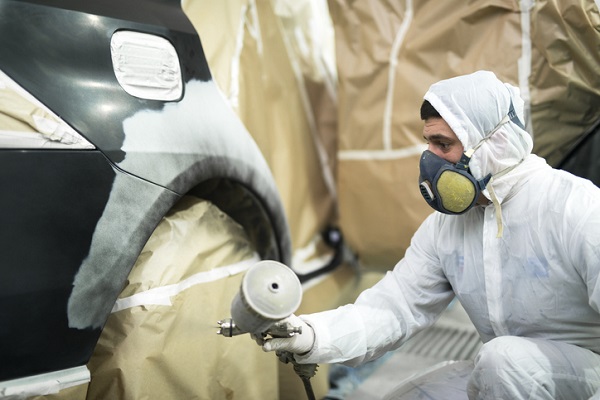
When it comes to making cars look their best, a great paint job makes a huge difference. Even if a car runs perfectly well, if it doesn’t look good on the outside then it’s going to be hard to find a buyer for it. That’s why a career in automotive painting is for you if you know how to restore a car’s exterior to its best possible form.
Especially since a car’s monetary value is in large part based on its outward appearance, it’s even more important for the paint job to be pristine. Here are the signs automotive painters should look out for to know when a car needs to be repainted.
Repainting Is Needed When the Paint Starts to Fade Away
When a car’s paint job fades, so do its richness, shine and colour. Should a car be visibly discoloured, this is usually a sign that a new paint job is necessary. Discolouration is often due to the car’s exposure to natural factors like snow and sunlight, as well as insufficient protection for the paint. After repainting the vehicle, car owners should get their cars waxed a minimum of four times a year in order to prevent fading. Some cars, especially black cars, tend to be more vulnerable to fading and should be waxed six times per year.

It Is Also Necessary if Peeling Paint Is Present on the Vehicle
Peeling is also a telltale sign that a new paint job is necessary. This is often an issue if the clear coat is peeling away from the car’s base coat. Again, this is usually the result of exposure to the elements and lack of adequate protection. New paint is also needed if the car has visible bubbles and/or discolouration. This is another situation where those with auto painting careers will need to wax the vehicle often after repainting it, while car owners will need to be reminded that regularly protecting and maintaining their new paint job is of the utmost importance.
Another Major Determining Factor Is if There Are Issues With Rust
This can especially be the case if the vehicle’s paint job is older. If the car body’s metal is left exposed by paint damage, it becomes vulnerable to rust. Should rust be present, it also leaves the car at risk of holes forming within the body and causing it to slowly disintegrate. Paint bubbling or chipping can also cause rusting. Another factor contributing to rust is if the car is often exposed to colder climates and elements, especially since road salt is one of the leading contributors to car rust.

Those in Automotive Painting Should Also Watch Out for Scratches
While we’re on the subject of rust, scratches are another risk that can lead to rust. If there are lots of scratches across the car, chances are it needs to be repainted, although the extent of the paint job will depend on how deep the scratches are. Oftentimes, repainting is necessary if the surface under the paint is visible, meaning the scratch is too deep and automotive painting is required.
Although some scratches are easier to buff out with a polisher, others are too far into the paint to salvage. Drivers can prevent this by being extra cautious while driving: avoiding accidents, being careful while backing out of garages, and when in parking lots, for example.
Want to start your refinishing prep training?
Contact Automotive Training Centres to learn more!

